Ep. 13: Beastars Vol 1-3
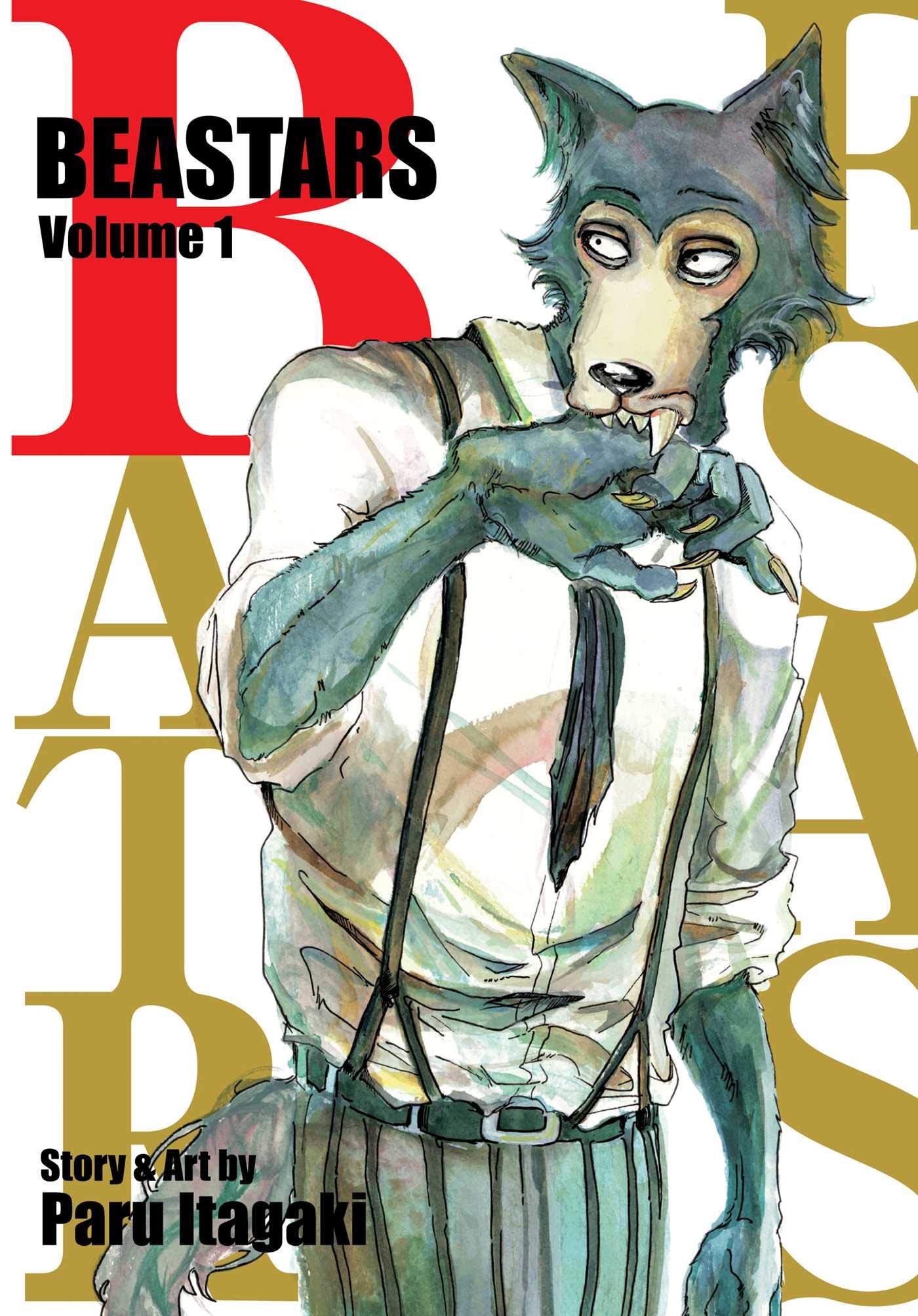
The hit anime series BEASTARS sprung from the pages of this manga, and the similarities and differences are substantial! The Mangasplaining team are divided on this unique manga, but will reading multiple volumes change our perspective… OR YOURS?
Powered by RedCircle
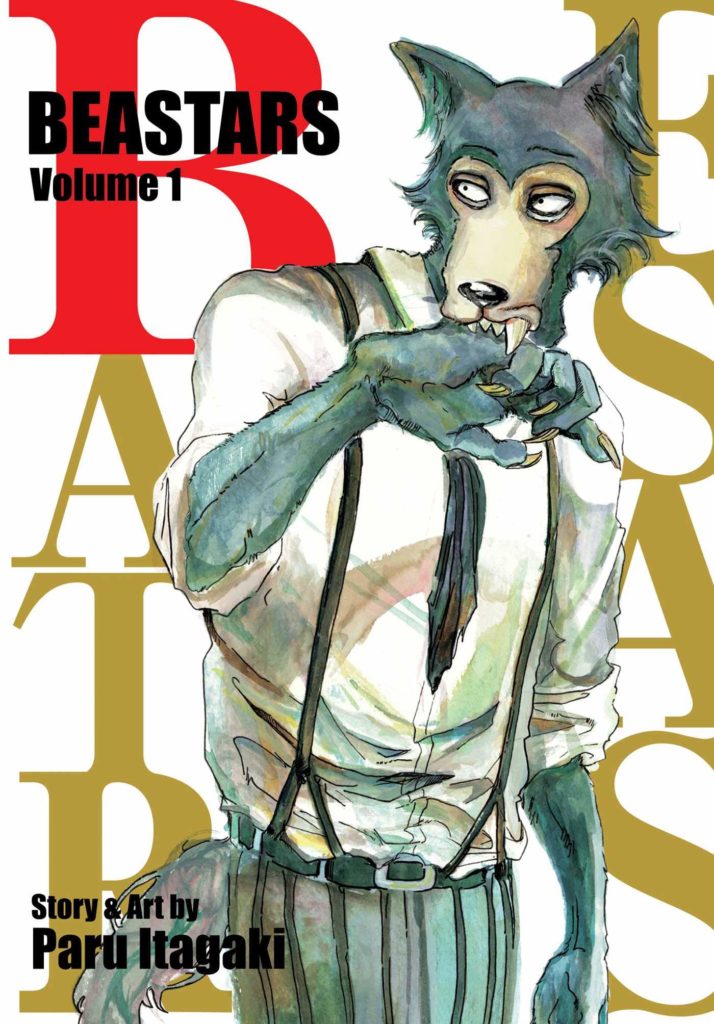
BEASTARS Vol 1, 2, 3
By Paru Itagaki
Published by VIZ Media (Print/Digital)
Translated by Tomoko Kimura, Touch-Up Art & Lettering by Susan Daigle-Leach. Edited by Annette Roman
00:00: Starting off with a little context for BEASTARS, this manga has made the bestseller list multiple times in North America, and is, at this point, the biggest contemporary manga we’ve covered on the podcast (even moreso than The Way of the Househusband… people liked the anime for this one more too!). Beastars has won multiple awards in 2018, including the 11th Manga Taishō, being the first Akita Shoten title to receive it, the New Creator Prize at the Tezuka Osamu Cultural Prize, the 42nd Kodansha Manga Award in the shōnen category and the New Face Award at the Japan Media Arts Festival. It’s a big deal, which makes what Chip says next even MORE SHOCKING!
Also this episode, Deb was kind enough to join me (Christopher) for the show notes, since there’s so much to cover and she has a wealth of knowledge, I’m so thankful she joined in and helped me finish them. Anywhere Deb comments directly, I’ve prefaced her comments with [Deb] and bolded them, but know that she’s all over these notes, to outstanding effect. These are our longest notes ever!
02:07: It’s true! We do sometimes talk about the manga a tiny little bit BEFORE we talk about the manga, but we do our best to come to these episodes totally fresh and without having shared our opinions with each other beforehand…. But yeah, having finished the first volume, it was pretty clear that it maybe didn’t 100% sell itself at that point and by the time you get done volume 3 you’re either gonna be hooked… or you’re not!
02:45: The first few pages of BEASTARS Vol 1 are actually pretty rough. You can read a free preview of the first chapter here: https://www.viz.com/read/manga/beastars-volume-1/product/5969 and here’s a few double page spreads from the first chapter below to get a sense of it. Chip’s not wrong, essentially…
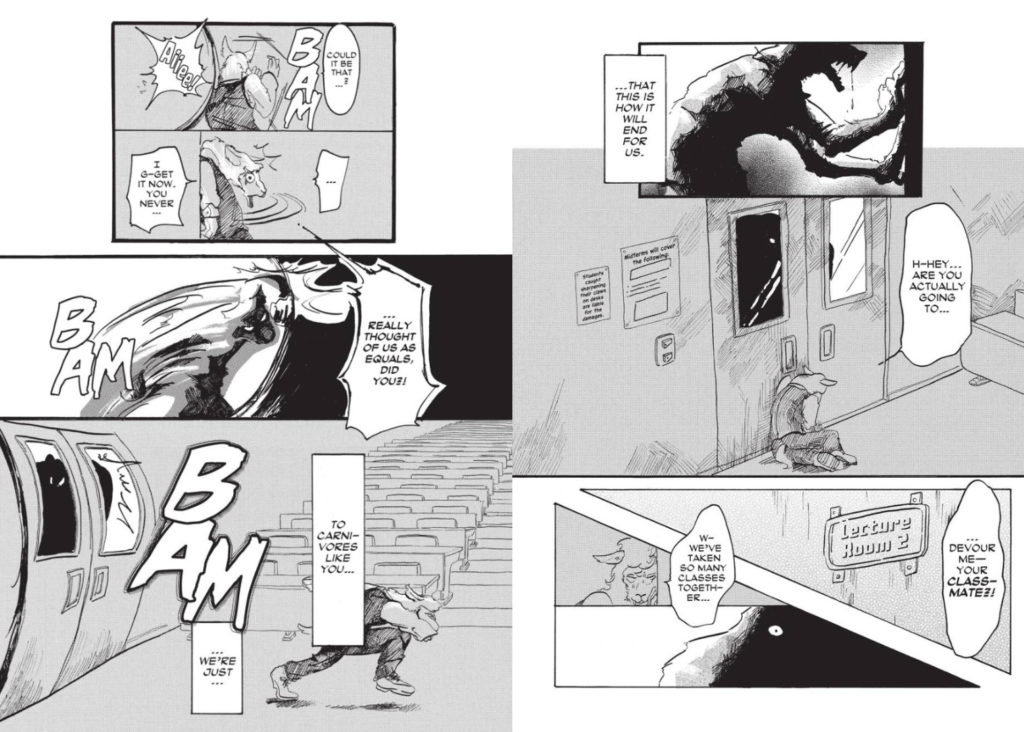
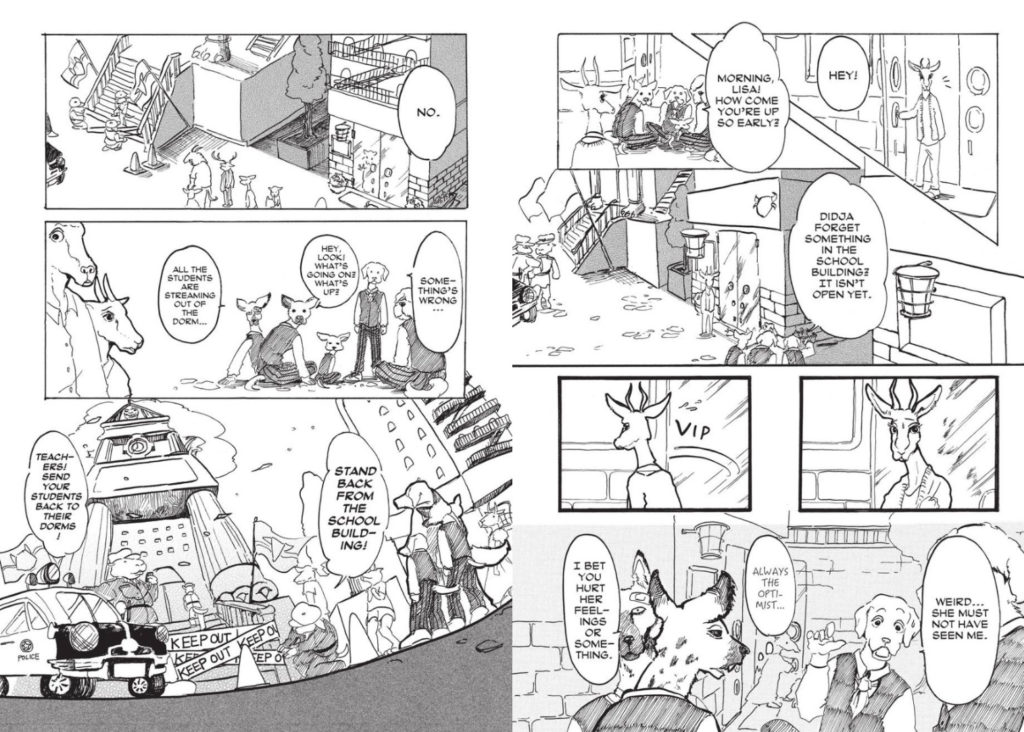
5:40: Dyed in the wool. Lol. Good catch, David.
6:00: The Egg-Salad Sandwich chapter is a real make-or-break for the series, for sure. If you haven’t read the series (yet!) and want a sense of it, Netflix themselves have clipped part of the scene from the anime version (I like the manga better…) but this’ll give you a sense of what we’re talking about:
We talk about it a LOT more this episode.
8:20: Zootopia and Beastars both came out in 2016 around the same time, btw. I have no idea of Itagaki-sensei cites it as an influence, obviously Zootopia would have been in development for a very long time before 2016.
[Deb] Yes, indeed! In Beast Complex v. 1, she mentions that Beast Complex was published in magazines in 2016, right when Zootopia hit theaters, and while she had been working on BEASTARS before the movie came out, “the timing wasn’t good.” or at least to her it wasn’t. 😉
Speaking of this note, we include the first appearance below.
10:30: Deb and David open up an interesting avenue of discussion here.
So essentially there are two major ‘degrees’ of anthropomorphic stories within worlds where there aren’t humans at all, just the anthro characters. The less-intense degree of story is the one where the characters are depicted as animals, but it’s all visual, and it’s just to add a layer of metaphor to the (ultimately) human proceedings. Stories like Maus by Art Spiegelman and Blacksad by Juan Díaz Canales and Juanjo Guarnido are examples of this. The characters’ animal appearance isn’t central to the plot, exactly, but it does play on the reader’s perceptions of the plot. That’s the less-intense one.
The more intense one is that the characters aren’t just those animals for metaphorical reasons, but are actually those animals within the plot, and their animalistic nature informs the proceedings. The animated film Zootopia is the most-recent, most high-profile example of this, and Beastars is very much in that vein. It’s about animalistic urges, animal natures, all of that. Though obviously it’s still talking about humans and human behaviour through a metaphorical lens.
(Worth noting that this disparity also exists in anthropomorphic stories with humans in ‘em, like the mice and rats with human intelligence in Secret of Nimh running around and using items from the human world, versus the human-in-a-world-where-everyone-is-an-animal-and-it’s-a-metaphor-for-life that is the video game series Animal Crossing.)
I’m not much of an anthropomorphic storytelling scholar, perhaps one will pop up in the comments to send us to further links if we want further reading…? 🙂
10:30: Also on the Zootopia front, to illustrate a little bit of what we’re talking about, here’s the sloth scene at the DMV that Deb mentions:
And here’s a scene from the beginning of the movie that sort of outlines how the film treats the different sizes of the animals, and builds the city around that:
We get glimpses of this in BEASTARS as well, particularly when we meet the editor of the school newspaper.
12:30: It’s true! BEASTARS manga-ka Paru Itagaki is the child of Baki the Grappler manga-ka Keisuke Itagaki! It was revealed to the public in 2019, years after Beastars launched and became a smash hit. You can see an article about the revelation at Otaquest.
There’s an amazing picture that accompanies the interview, with the two manga-ka posed together.
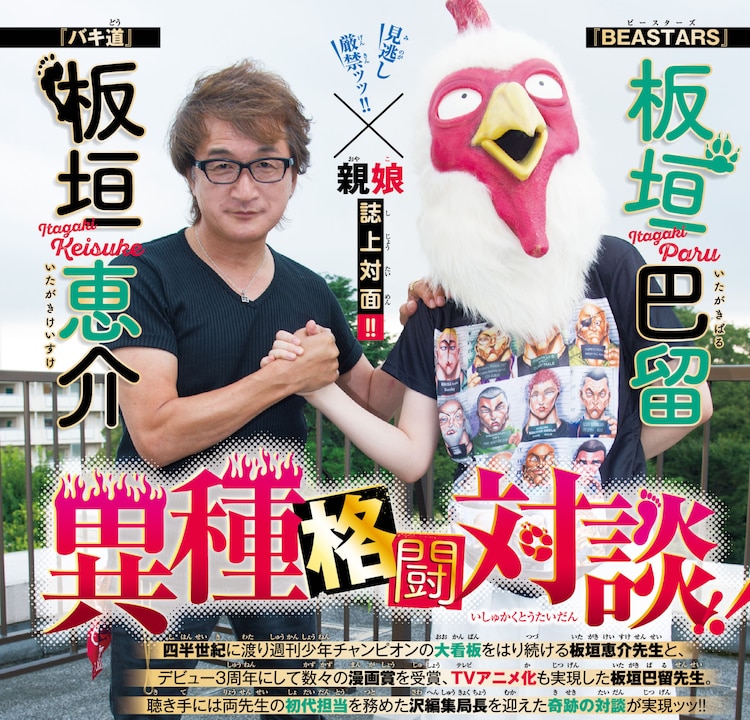
As for why she’s wearing that chicken head in the photo? Keep listening, we get into it. 😉
13:57: David mentions the moment where Legoshi blocks one student from hurting another, and the way his mouth–his fangs–are deliberately blocked from both the characters and the viewer is smart storytelling. He’s trying to de-escalate.
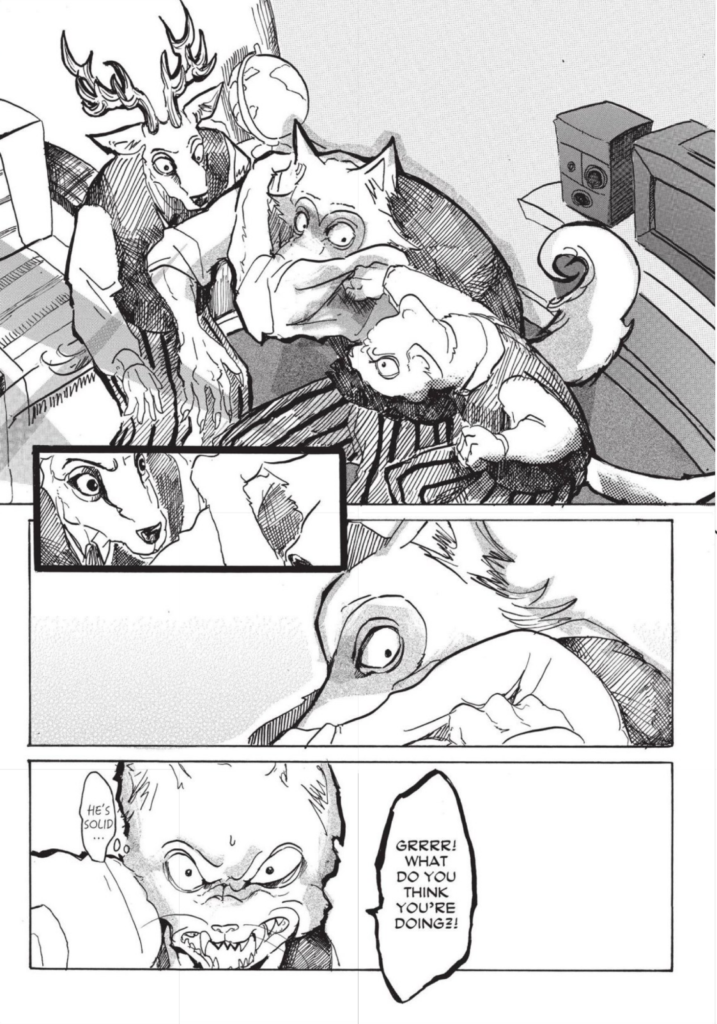
15:00: David is classier than me, and does not say the F word lightly.
16:20: Have we mentioned volume 3 enough yet? Seriously though, volume 3 will make or break you on the series if you’re unsure.
16:50: That dinosaur idea getting dropped into conversation is… amazing. I honestly hope they dig into that more at some point, because that’s wild.
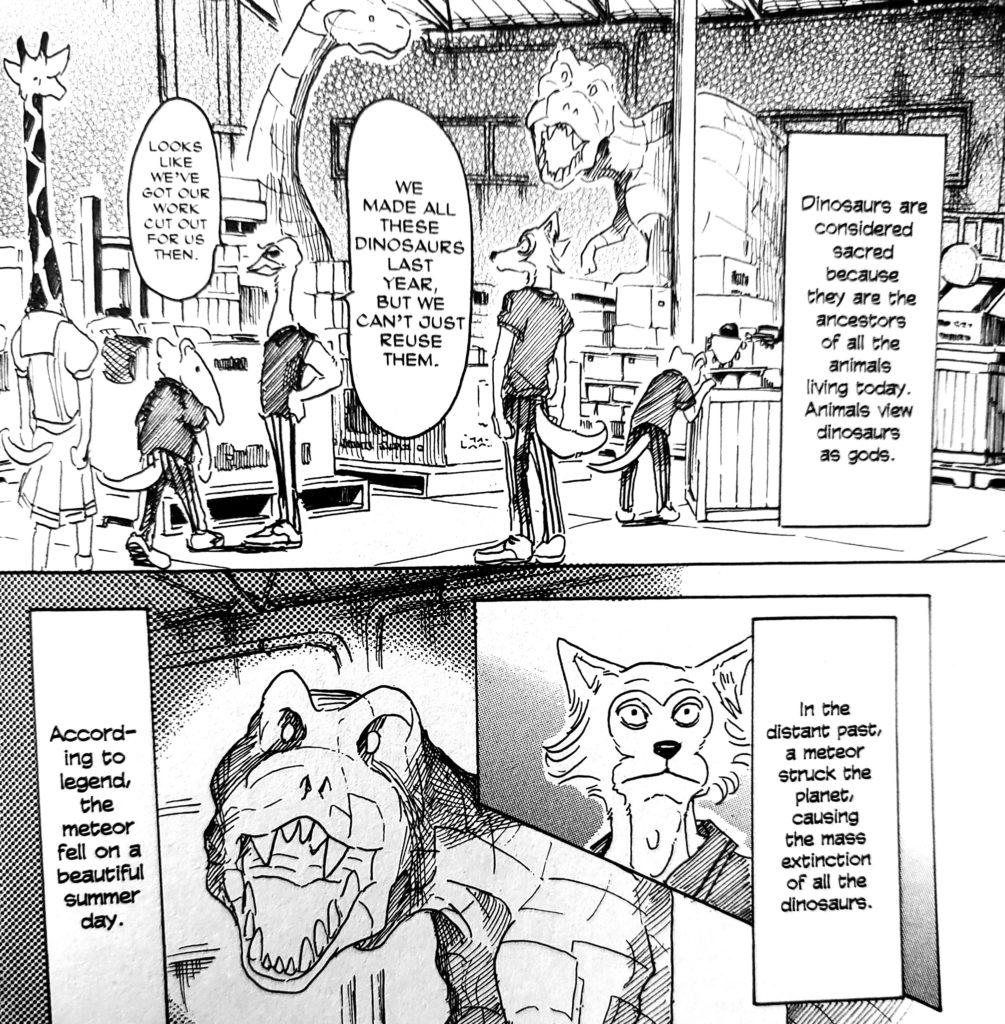
17:10: Not gonna lie, straight up laughed when I got to this page about being a BEASTAR. It’s the most “manga” part of the manga, and I’m not surprised that Chip found it a bit ridiculous.
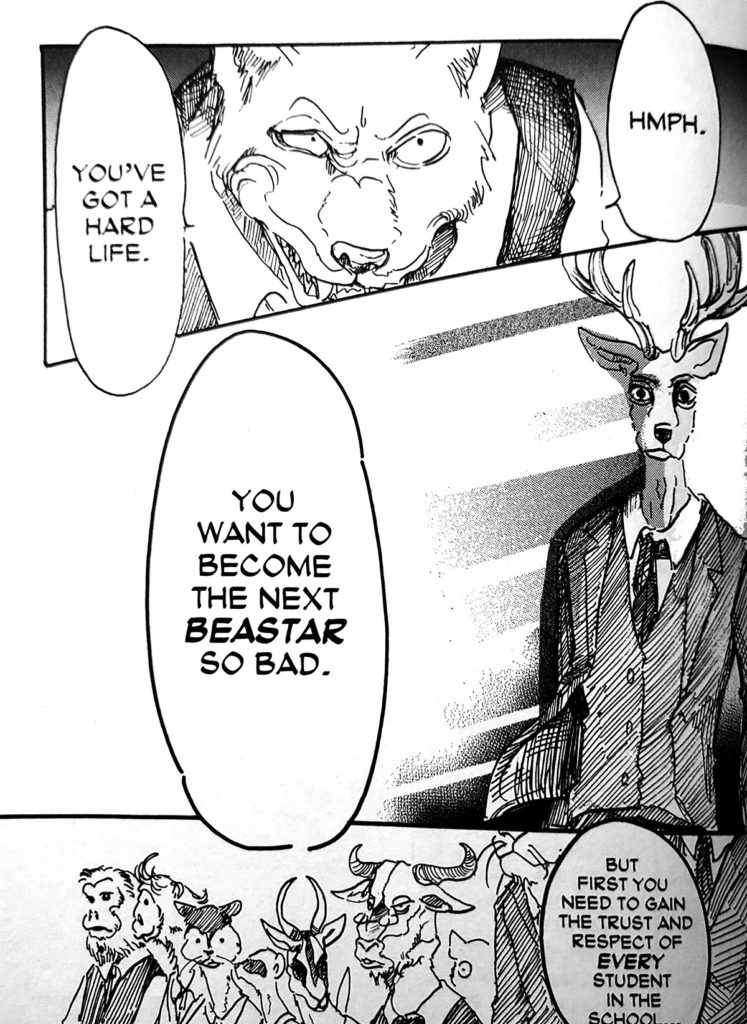
18:15: So before Christopher (me) goes off about the Black Market, I wanted to take a second here in the notes to mention something I learned after this episode was recorded that kind of changed how I looked at the Murder-mystery plot a little bit.
So BEASTARS isn’t actually Paru Itagaki’s first manga, er, not exactly anyway. Her first serialized manga are short stories called Beast Complex, which are about the same themes and ideas as BEASTARS, in a one-off format. The series began running with it’s more-or-less stand-alone stories in the same magazine, Shonen Champion, and ran for 4 chapters before it was halted, and Itagaki debuted BEASTARS instead. BEASTARS takes place in the same universe, but the focus shifts to a small group of charismatic high school characters with a big inciting plot incident instead.
I think it might be fair to say that BEASTARS is actually a re-tooling of Beast Complex to make it more commercially successful, by changing the focus and setting to move it more in-line with today’s big manga-hits… essentially take all of these big ideas and put them in a high-school, just like every other top-selling shonen manga right now. And frankly, it worked VERY WELL for the manga, and the manga-ka. It got an anime with two seasons (maybe more to come?). It is a bestseller. It got licensed into English despite some rough early art, and most importantly, it really, really connected with contemporary manga readers around the world–they like their high school stories.
Except, those high school parts that made it commercially successful are the things that I think we as a group of readers who are a generation removed from the current readers, those are the things that we have the least interest in. The weird shit, the digging down into how this fascinating, horrible world works, the shock and surprise, the uncomfortableness, which really kicks into gear in volume 3, are the parts that we enjoyed the most.
This isn’t a “we like this better than you” moment btw, everyone likes different stuff in every medium. But I do think it’s really important to note that this very much looks like a situation where a smart Editor looked at Beast Complex and was like “This is almost there, just do a few things to make it commercial and you could make it a hit,” and then the manga-ka did, and then it was. Much like what happened with the manga-ka ONE’s hit webcomic One Punch Man, which was drawn in a rough style (see his other work Mob Psycho), and the retooled and the story re-told when ONE was paired with the brilliant visual manga artist Yusuke Murata, to turn it into a smash hit.
I strongly think that’s all worth noting, and probably would’ve changed how I would’ve discussed the series on this episode. But life is about learning, right?
[Deb] Here’s a neat little mini-manga from BEAST COMPLEX v. 1 where Itagaki tells the story of the origins of BEASTARS, and how she got published:
[Deb] I agree that by setting the story in high school, Itagaki gives us, the reader, an easy, almost familiar introduction to a very strange world. The high school students at Cherryton Academy are a little bit like the wizards and witches at Hogwarts — they’re a bit sheltered from the “adult world.” So the first two volumes of BEASTARS gives readers who are used to high school story tropes and maybe familiar with talking anthropomorphic animals of different species being pals (hello Goofy and Donald Duck) something that kind of feels familiar… at first.
It makes sense / feels familiar to see high school conflicts like Haru the “common/dwarf” girl rabbit getting bullied by the “purebred” rabbits, and that the “canids” (dogs/wolves/foxes) share a dorm room together. It maps to stories about school cliches / popular kids vs. nerds. Jocks vs. drama club geeks…
However, as the story progresses, and we, the reader get exposed to what’s happening in the world outside of Cherryton Academy, we find that it’s a world that’s startlingly dark. Itgaki starts to explain why/how carnivores and herbivores can co-exist in this world, and it goes WAY beyond what we expect… and it just keeps being more apeshit as the series progresses. Trust me.
The first appearance of Legoshi the wolf, as seen in the short story “The Lion and the Bat” in Beast Complex vol. 1
[Deb:] The first volume of Beast Complex kind of shows Itagaki playing around in that world, exploring its boundaries. There’s a story set in high school, but it’s a lion class rep who has to convince a truant bat to come back to school. A tiger and a beaver are childhood playmates just starting to understand the tension between herbivores and carnivores. A camel journalist asks a pretty wolf if she’s ever felt the urge to eat another animal, which leads to a one-night stand.
Maybe the funniest story in Beast Complex is about a TV cooking show, where the “will he or won’t he eat her” tension between the crocodile and gazelle co-hosts create a ratings sensation.
[Deb:] When I read Beast Complex, I can see the DNA of BEASTARS being developed. I can also see that world being expanded too.
Based on the degree of roughness/polish in the Beast Complex stories, the first four stories were created before BEASTARS and the latter two (including the story about the cooking show) were created while BEASTARS was already in serialization. As a collection of short stories in book format, Beast Complex v. 1 was published after BEASTARS was already a success.
Overall, vol. 1 of Beast Complex works both as a prequel and a sequel, if that makes any sense.
Thanks Deb! So yeah, VIZ has just released the first volume of Beast Complex, containing all of the pre-BEASTARS stories, and the two that she worked on during. Go check it out: https://www.viz.com/read/manga/beast-complex-volume-1/product/6619
Paru Itagaki is working on a second volume of Beast Complex stories right now, which may-or-may-not take place after the ending of BEASTARS, so we might need to wait until the conclusion of BEASTARS’ English serialization before we get it.
Okay, that’s enough of this incredibly extra, unscripted aside. Back to the podcast.
19:35: Spoiler: I watched the anime, and they call it a “Flyer’s License” in the English dub. The subs and the manga call it a Flying License, which isn’t as good of a joke.
20:40: Masamune Shirow, author of Ghost in the Shell, has become sort of infamous for his interest in the technical details of his worldbuilding surpassing his actual desire to tell stories set within those worlds. His works are chock-full of technical drawings, notes, designs, asides to explain tech, etc. It’s very otaku-oriented storytelling, and particularly gratifying if you’re a mecha-fan. There’s a time where a podcast like ours would’ve needed to include Shirow’s work within the first 5 episodes to be taken seriously, and while I really enjoyed GITS (and many of Shirow’s other works), I will say it’s quite nice to see just how broad the market has gotten.
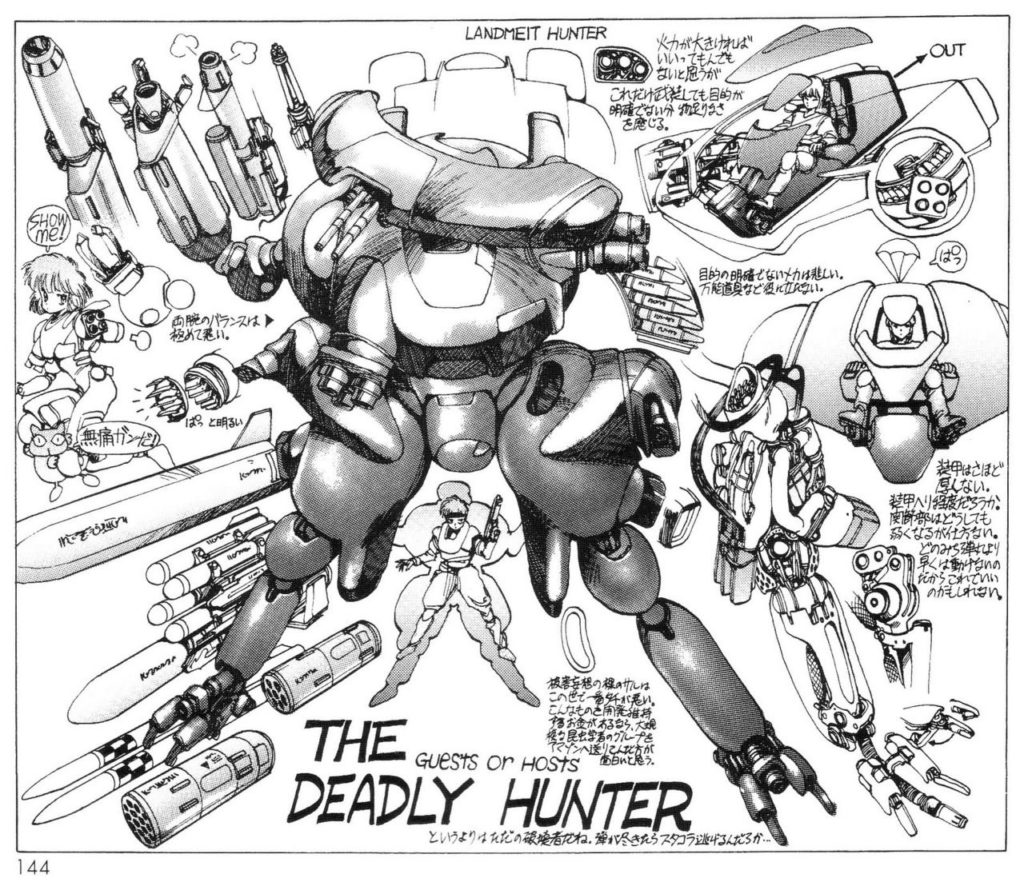
Hopefully you’ll just trust me that it’s in there.
21:58: The Boys is a comic book by Garth Ennis, Darick Robertson, and Russ Braun, that was adapted into a live action television series. It’s about the military/mercenary types that punish super-powered people who step out of line. It’s very popular, I probably didn’t need to explain this.
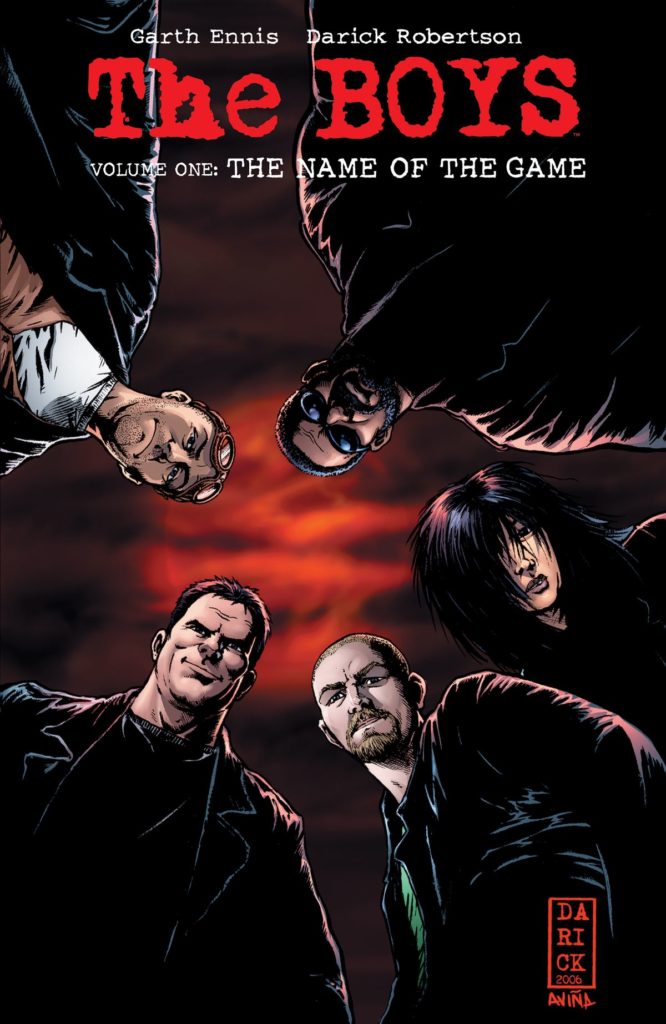
24:59: Speaking of that interview with Paru Itagaki that Deb mentions here, complete with chicken mask, it’s up online on YouTube! It’s really good, check it out:
25:45: The egg salad sandwich chapter really is fantastically deep on so many levels, and I think that it absolutely works as a metaphor for putting art into the world, if you read the chicken character as an author self-insert… which it seems like the author might feel is a valid reading. Y’know, given the above.
Speaking of which, here’s a drawing Paru Itagaki posted to her Twitter of Legoshi eating an egg salad sando that’s super cute.
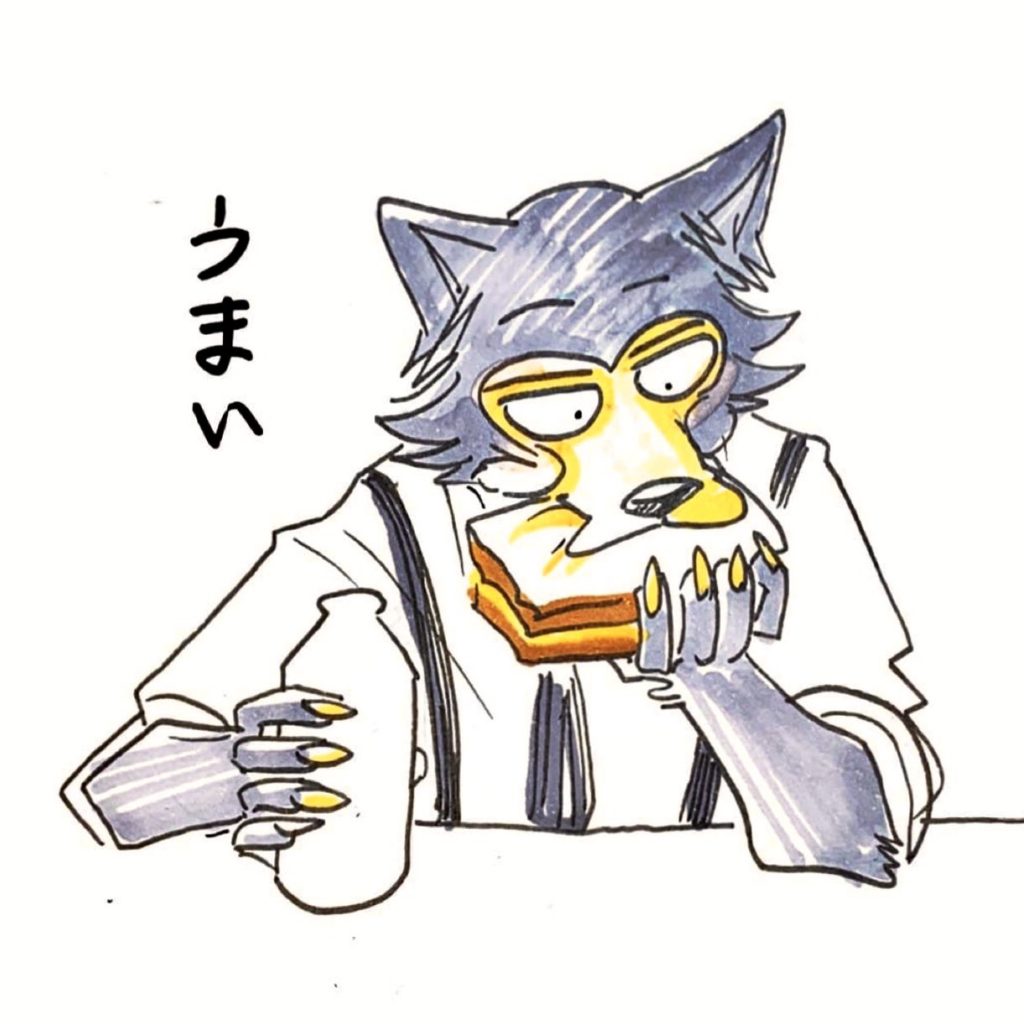
27:25: The early volumes of the smash-success-hit-manga Attack on Titan were… ugly. There’s no getting around it. At least that made them kinda visually interesting, and the art ends up in a very different place than where it starts, and the anime cleans it up a lot. But yeah, it’s so fascinating that this series became such a groundbreaking hit.
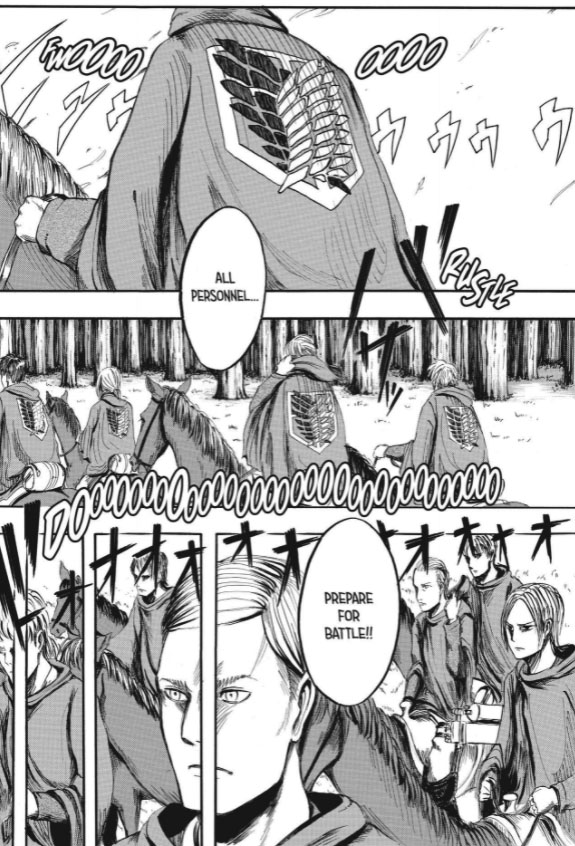
29:30: Just a reminder, we covered Kyoko Okazaki’s Helter Skelter in Mangasplaining Episode 4!
32:10: Just to clarify, the artwork is significantly different between the first and last page of BEASTARS Volume 1, not just between volume 1 and 3, or the beginning and end of the series. It’s amazing to see, and frankly rare in translated work.
33:37: The group shot from the beginning of the first chapter is what Chip’s talking about here, and again, he’s not wrong.
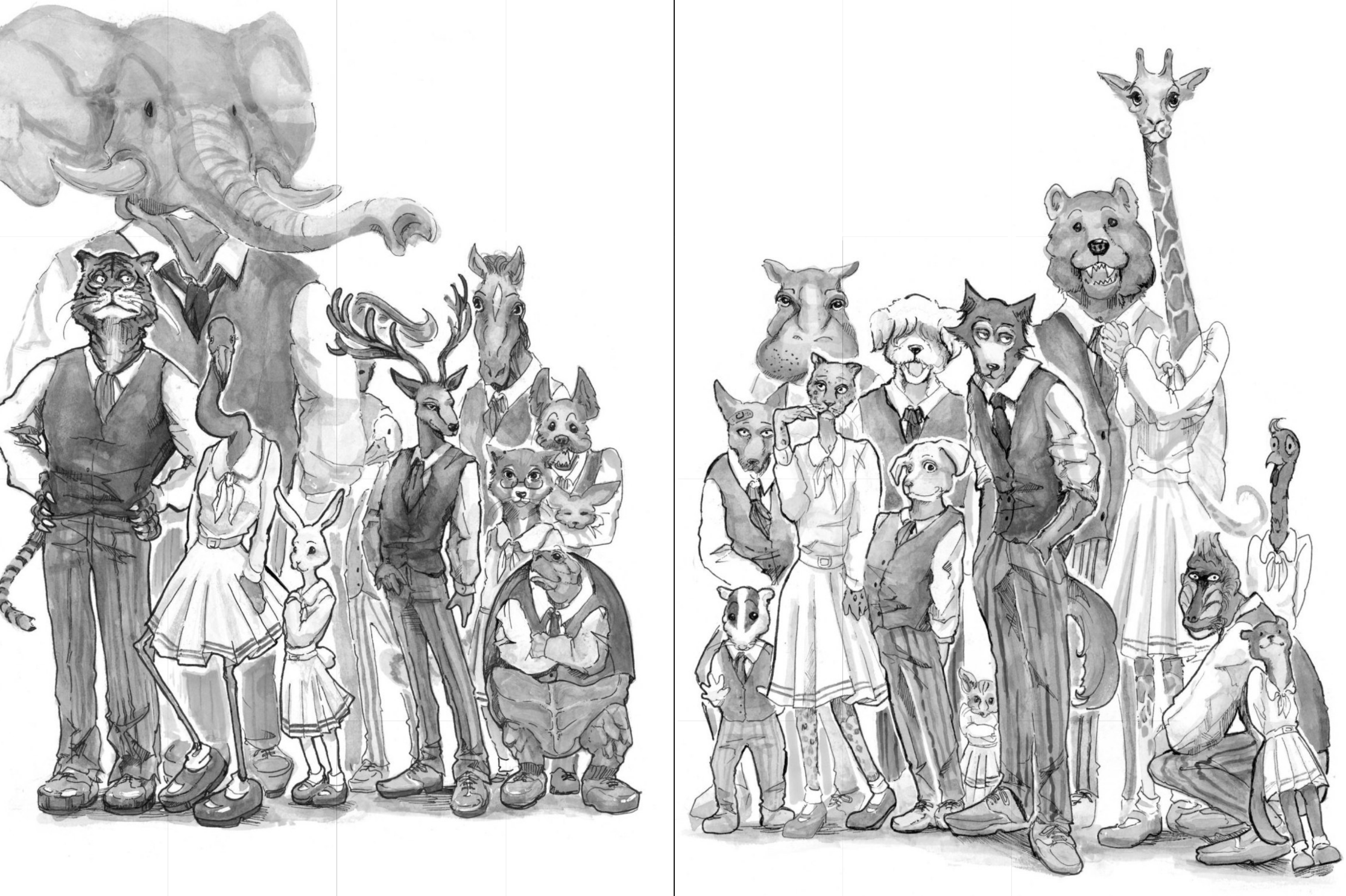
34:10: Yeah the drawing where Haru is disrobing is legit awkward, but the POV, because Legoshi is so tall, actually makes it really work if you don’t get bogged down in the details. It’s really ambitious storytelling but occasionally the artist just isn’t up to the rendering. Makes for a unique read, but also something you want to keep reading to see where it goes.
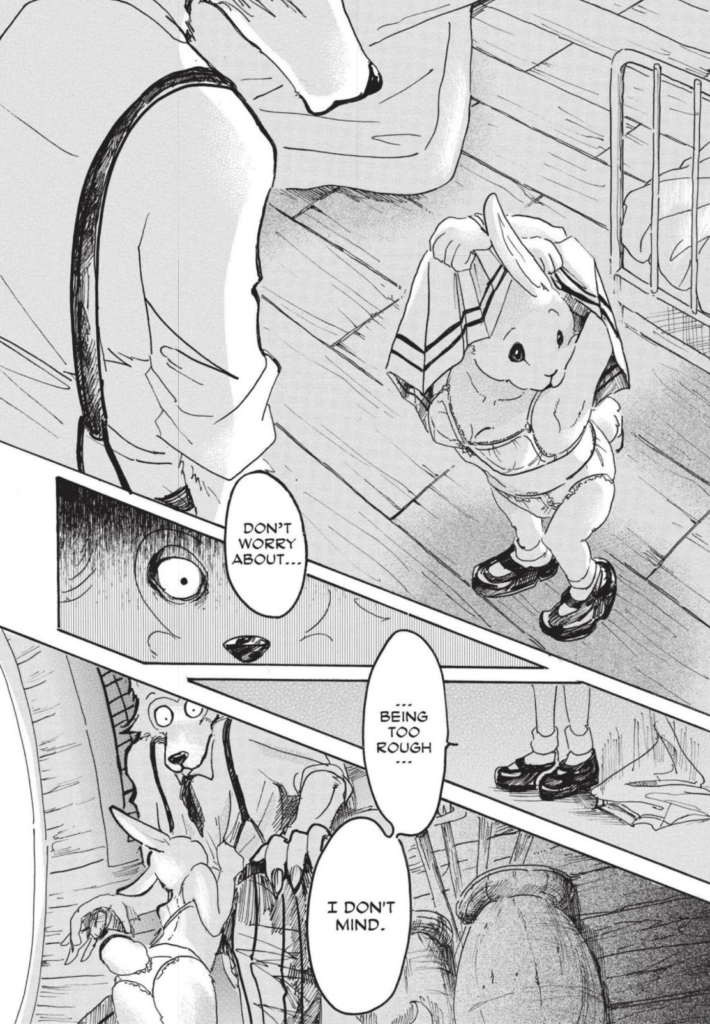
34:55: I think there’s probably even more to talk about, when it comes to the anime’s influence on the audience for this series. Anime tied-in series are more-or-less consistently doing better than manga without adaptations lately, and while this was a very popular series already in Japan (and France, and with the scanlation readers, as we mention), the success of the anime really had the manga sales take off. It wasn’t a total failure on release or anything, as Deb intimates about Attack on Titan, but the boost it got from the anime is real, and substantial.
If you’ve bounced off of the art in the manga but are captivated by the story, the anime is a pretty solid adaptation of the ideas and themes. We talk about the anime a little more in depth in about 15 minutes. For now though, here’s the trailer for BEASTARS so you can get a sense of it:
37:05: Animesplaining, coming soon.
Lol jk.
38:55: We go on a great run of talking about images here.
That slap that really works out dramatically, but you can see the author’s hand.
That slap!
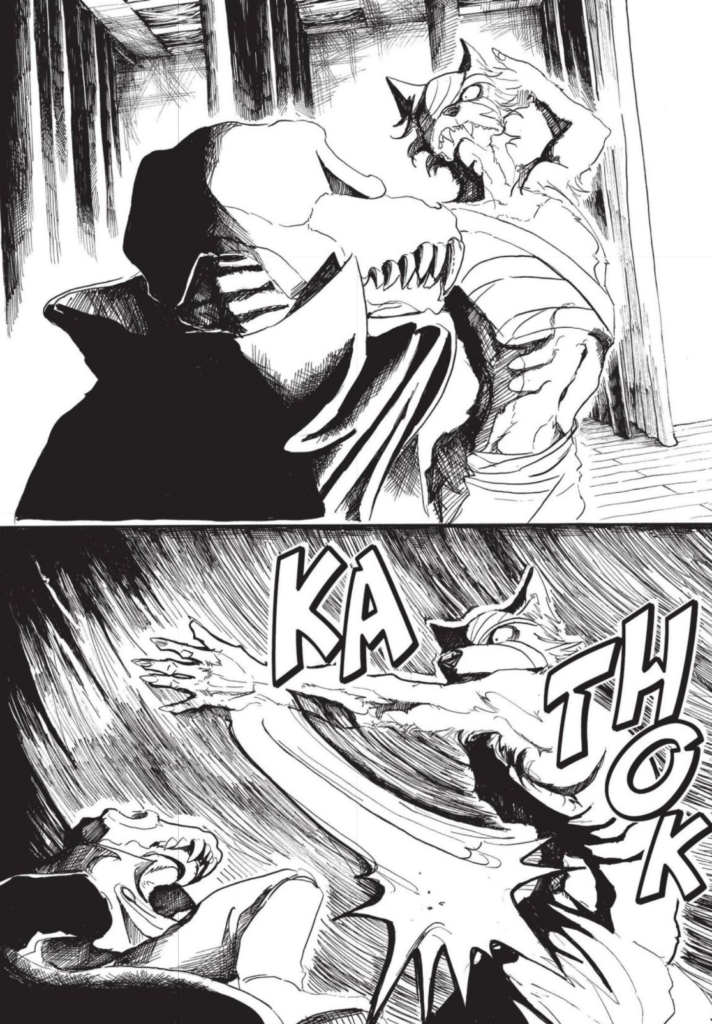
Legoshi saying I will crush you:
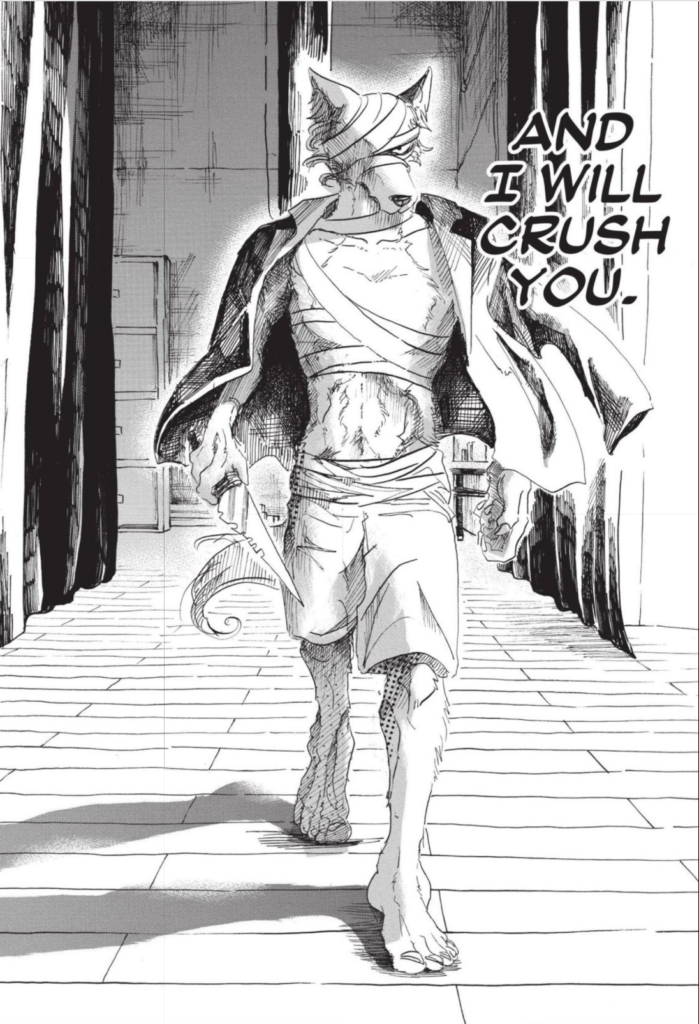
Legoshi’s sliced back…
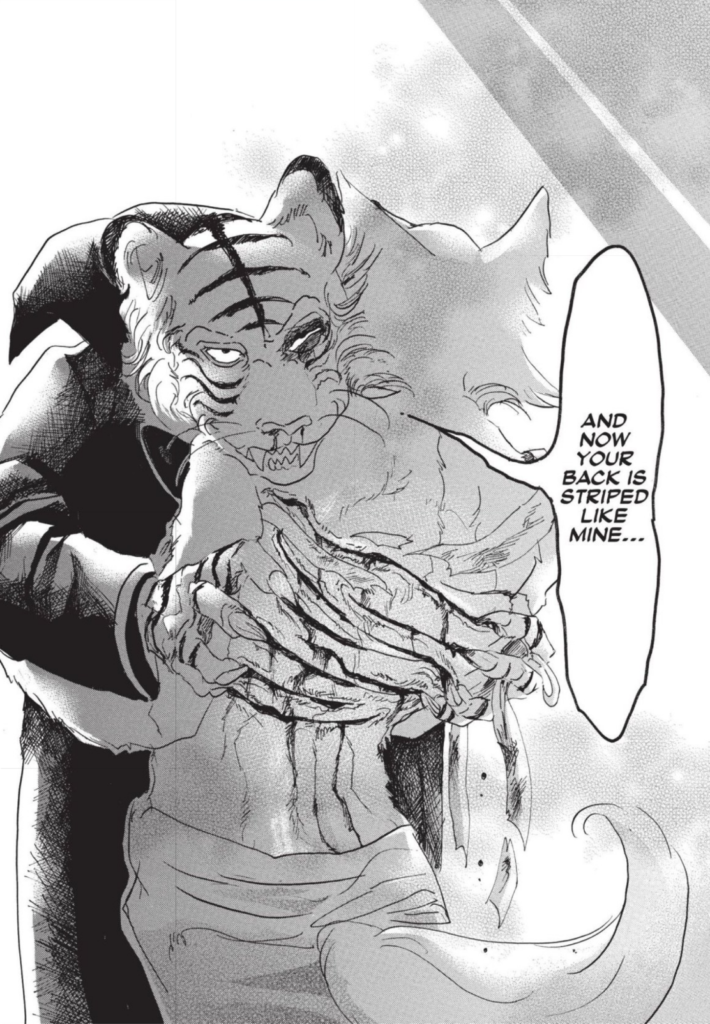
41:15: It’s amazing that Chip keeps bringing up Cerebus on the mangasplaining podcast, because in addition to all of his other faults, that series’ creator Dave Sim had no respect for and actively disliked manga. Delightful.
Anyway, Dave Sim’s Cerebus started out as a parody of Barry Windsor Smith’s Conan, moved to parodying superheroes and other stuff, and then became a much larger meditation (often as parody of government and religion, and really beautifully cartooned. It’s really interesting comics, but it’s pretty hard to read these days.
43:40: Doujinshi is pretty wild in Japan, not only are they relatively inexpensive to print, there’s a developed market, audience, and ecosystem for it! Making comics in Japan can prrreeettttyyyy cool. It can be cool in North America too, there are just different pressures on it.
44:30: You heard it here first, folks! Chip promised to go read volume 3 of BEASTARS! Did he do it? Find out on Mangasplaining Episode 25, our special anniversary episode! Coming… August 4th, looks like. Yeah you’ve got a bit of a wait.
45:00 So yeah! Here’s that photo again because it’s so good!

46:50: We don’t often get into the Japanese manga magazines and how they affect the serials that run in them, but we do here! There’s just too much here to totally break down, but if you’re curious let us know, maybe we’ll do a bonus episode at some point diving in to the world of Japanese magazines… though it would probably be easier to do so once the world opens up a little bit. Actually, to explore the Shonen Champion Website and see a little bit more of what’s going on in this magazine, check it out:
49:30: So we actually didn’t have a lot of gambling manga in English until fairly recently, despite just how hugely popular the genre is in Japan (mostly with Salarymen, tbh). Horse racing, Pachinko, and especially Mahjong, high-stakes gambling is regularly depicted in manga.
Our first English language tastes of the genre come from KAIJI, whose title is actually the awesome-sounding Gambling Apocalypse KAIJI, by creator Nobuyuki Fukumoto and published by Denpa publishing, and Kakegurui – Compulsive Gambler, by creators Homura Kawamoto and Toru Naomura, published by Yen Press. Here’s how the publisher describes each, and maybe we’ll cover one of them at some point!
Compulsive Gambler Kaiji Volume 1: Ne’er-do-well Kaiji Itou’s shiftless existence is suddenly rattled by a visit from the yakuza. Burdened by debt and resentment, Kaiji is coerced into gambling for his worthless life. As the stakes grow higher and the rules become increasingly more bizarre, Kaiji must finally take the future into his own hands! Publisher Website.
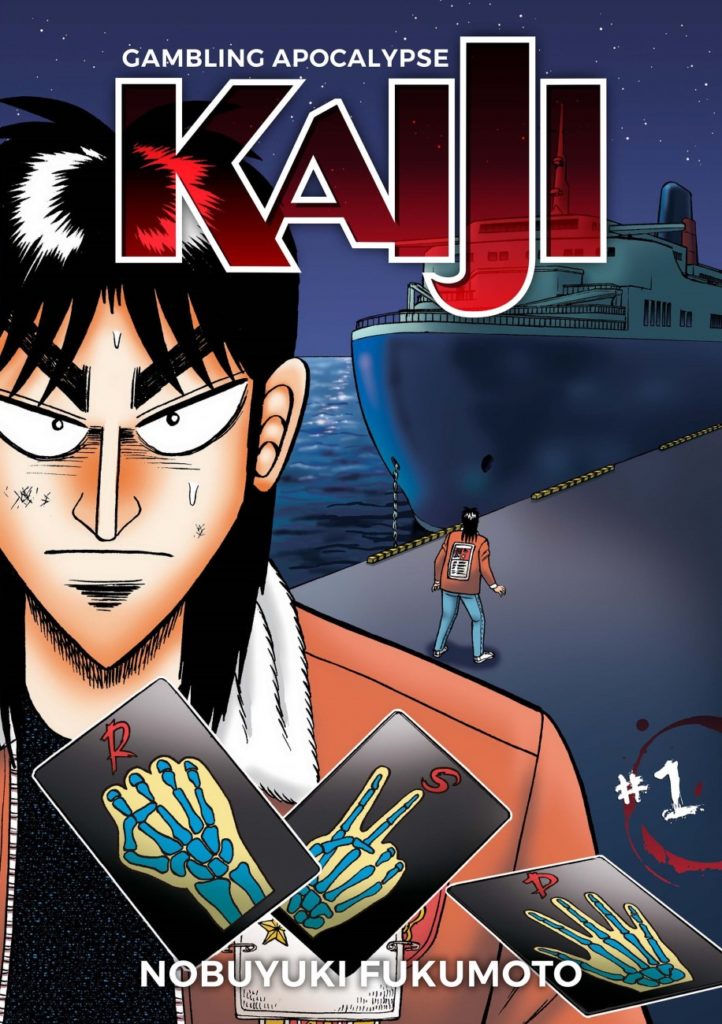
Kakegurui Volume 1: Hyakkaou Private Academy. An institution for the privileged with a very peculiar curriculum. You see, when you’re the sons and daughters of the wealthiest of the wealthy, it’s not athletic prowess or book smarts that keep you ahead. It’s reading your opponent-the art of the deal. What better way to hone those skills than with a rigorous curriculum of gambling? At Hyakkaou Private Academy, the winners live like kings, and the losers are put through the wringer. But when Yumeko Jabami enrolls, she’s gonna teach these kids what a high roller really looks like! Publisher website.
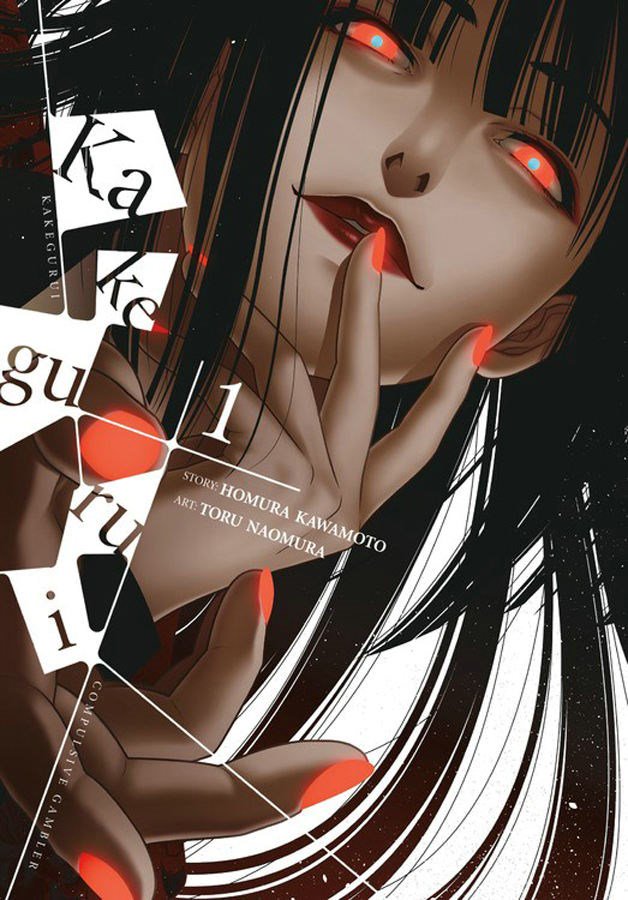
Both series also have anime, FWIW, which definitely contributed to their popularity.
52:00: The anime does bump some story beats around, and takes some of the more artistic, poetic, and introspective bits and makes them much more concrete. Some of that is the CG-based art style of the anime, but some of it is the writing, the order of events, even the angles and POV of different scenes… to say nothing of the addition of music, voice acting, animation, special effects, etc. They’re very different… beasts. As maybe mentioned, the BEASTARS anime is on Netflix now.
Lol
53:45: THE BREAK! Please remember that all timestamps after this point are approximate at best.
Question of the week comes from Dakazu, one of the hosts of the podcast Manga Machinations. They ask:
“I wanted to know if any of the hosts have a series they would love to see licensed in English. BEASTARS was mine before VIZ licensed it. Now my white whales are Yumiko Shirai’s WOMBS and Naoki Urasawa’s Billy Bat. Love the podcast. Sincerely, dakazu P.S.- Please make Chip read Kaiji.”
Dakazu, Manga Machinations
Before we dive into our responses, just wanted to say that I also hope we get Billy Bat by Urasawa in English, but it’s unlikely due to the author moving away from the Japanese publisher of that work to another Japanese pub. If you’re curious about Billy Bat though, consider checking out his new work Asadora, releasing from VIZ, which I’ve heard is developing a strong mystery. As for WOMBS, I had never heard of it before this and just looked it up and found a review by our friend Jocelyne Allen. The covers are cool and the premise is interesting! Here’s hoping they all get a release some day.
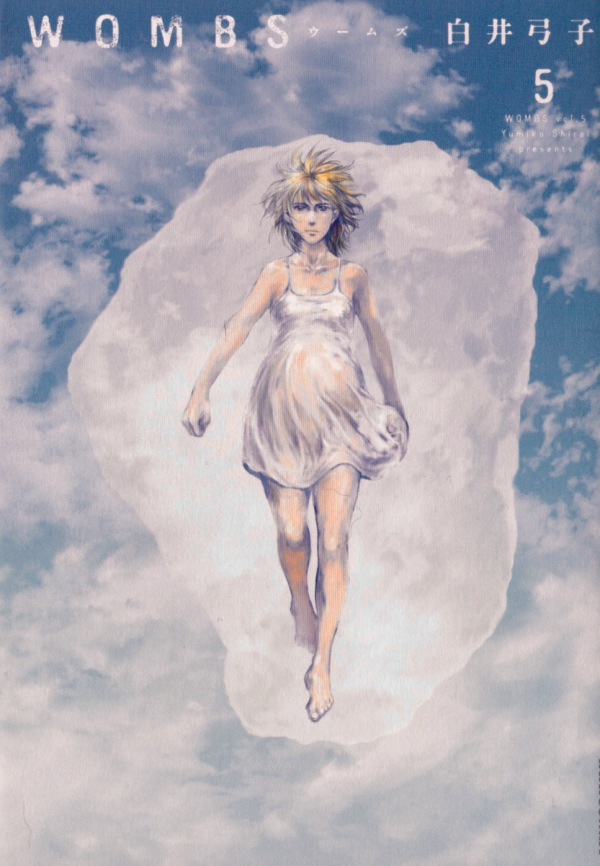
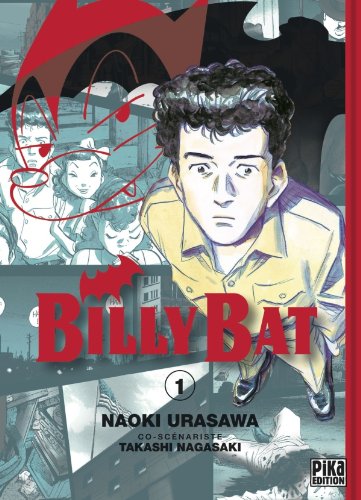
Billy Bat (Edition Francais), par Naoki Urasawa avec Takashi Nagasaki.
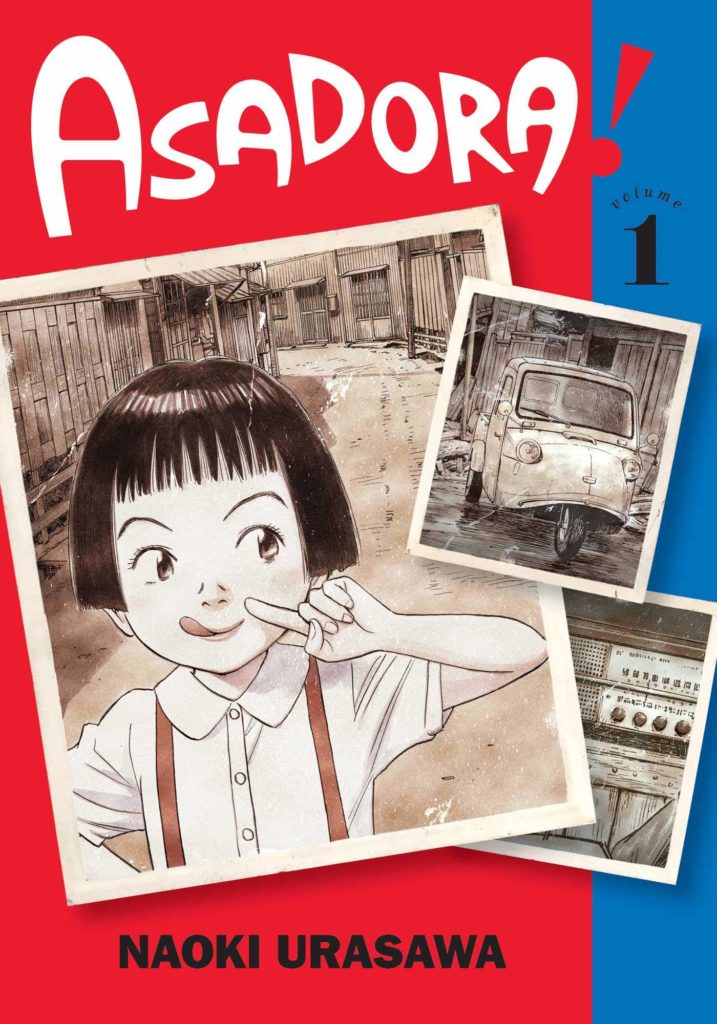
Asadora Vol 1, by Naoki Urasawa. AVAILABLE IN ENGLISH FROM VIZ!
Also I think Deb picked this question because we had just mentioned Kaiji before the break, which is hilarious.
Christopher’s picks include: The Lonely Gourmet, by Jiro Taniguchi. Which we discovered just yesterday (try to be surprised when we bring it up 6 weeks from now on the Nozaki-Kun Episode) is now in the “forthcoming projects” section of Fanfare Ponent Mon. Looks like it’s going to be called “Solitaire Gourmet” or some variation thereof. I hope my predictions for its difficulties in the market are way off, because I’m excited to read it. In the interim though, maybe go out there and pick up some of the other titles they’ve already translated? Like A Distant Neighbourhood or The Journal of My Father…
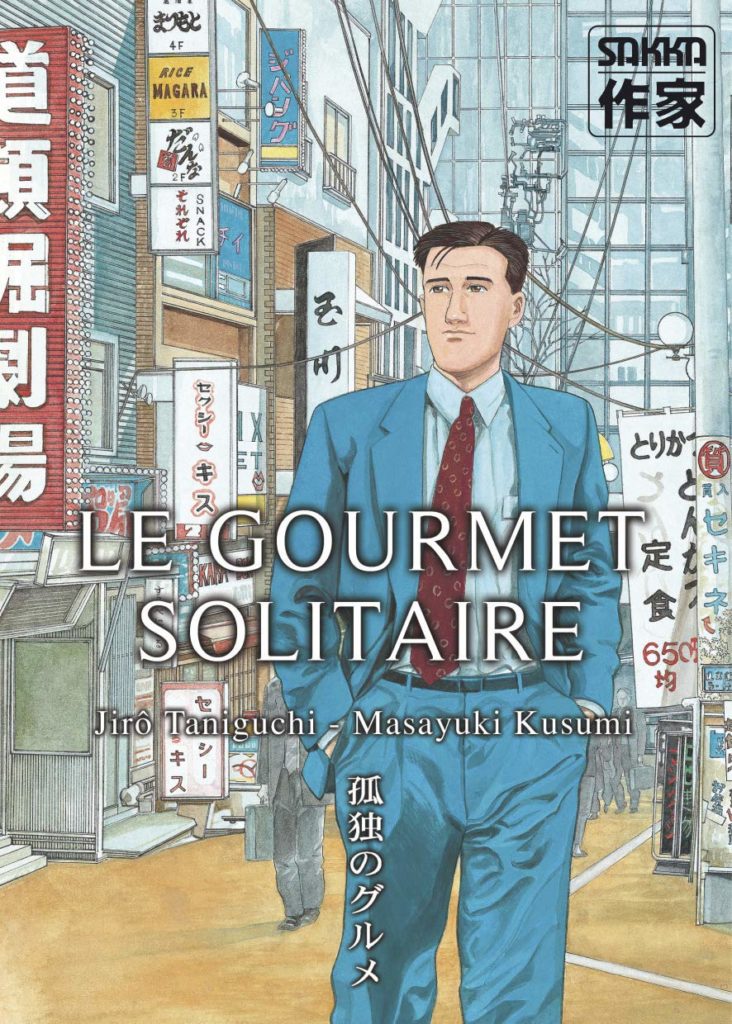
David’s picks include: Hajime No Ippo, by George Morikawa (which I think we ALL forgot we talked about on last week’s episode), as well as the manga Change! by Masahito Soda, about a girl who raps in Japanese rap battles. As for one he thinks might actually get translated one day, he supports Batuque, about a girl learning Caporeia. Yeah, that last one does seem like a lock, eh?
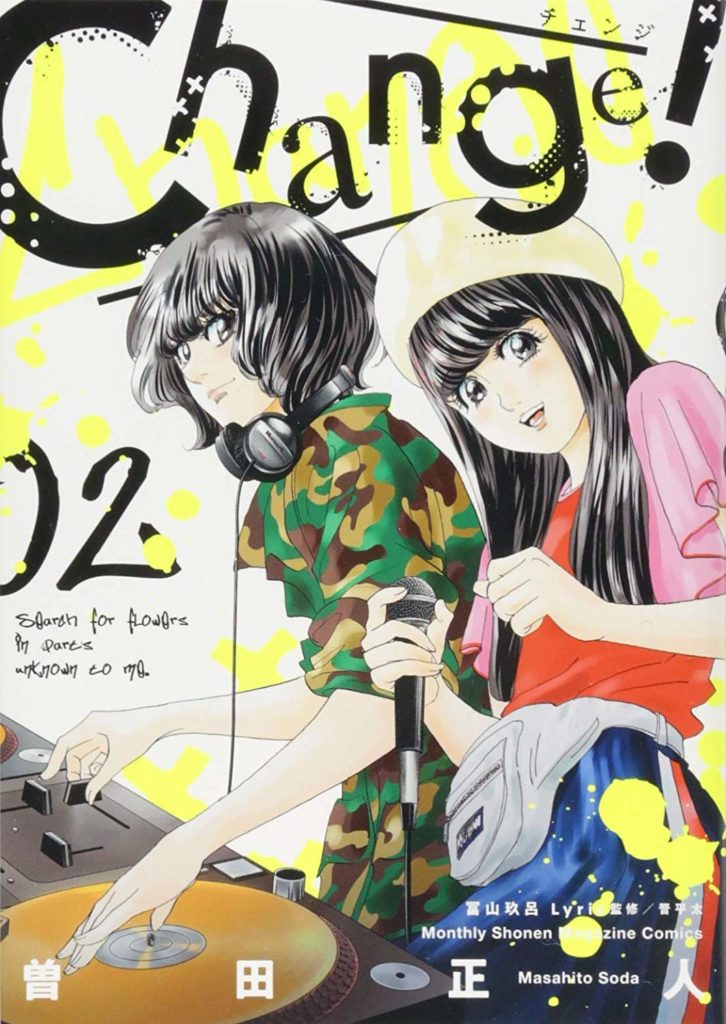
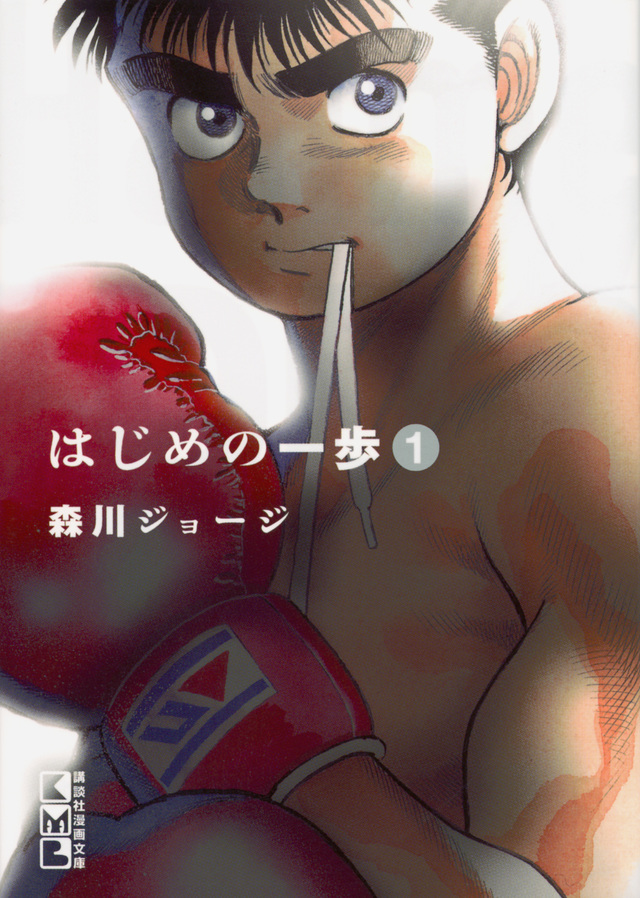
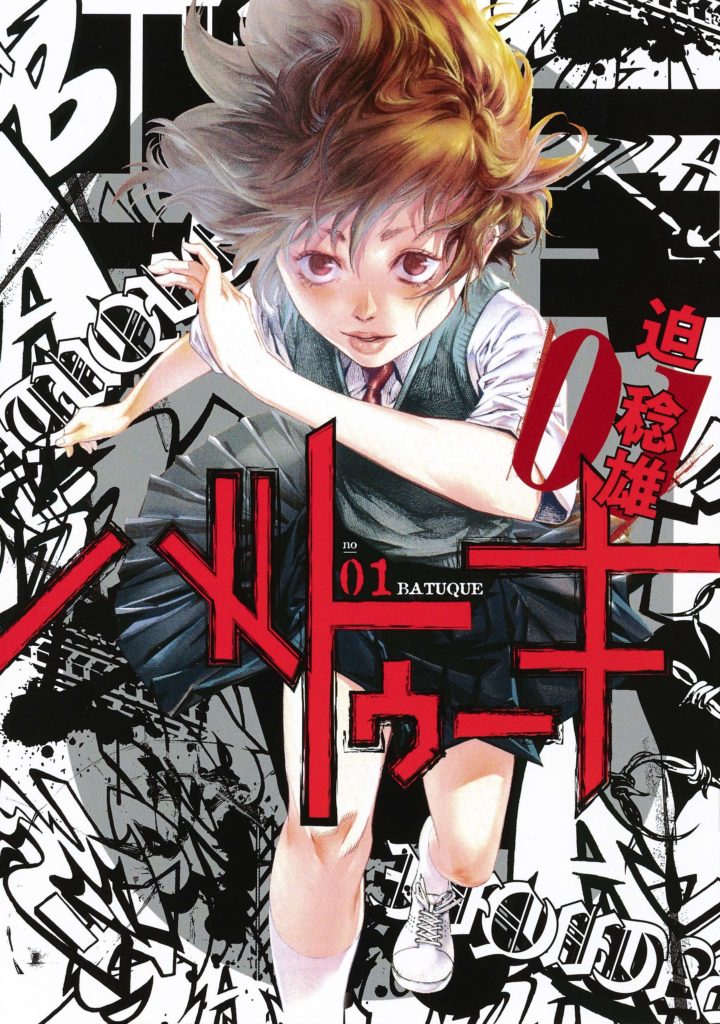
David also mentions Megan Thee Stalion’s cosplay of Todoroki from My Hero Academia, and any excuse, right? 🙂
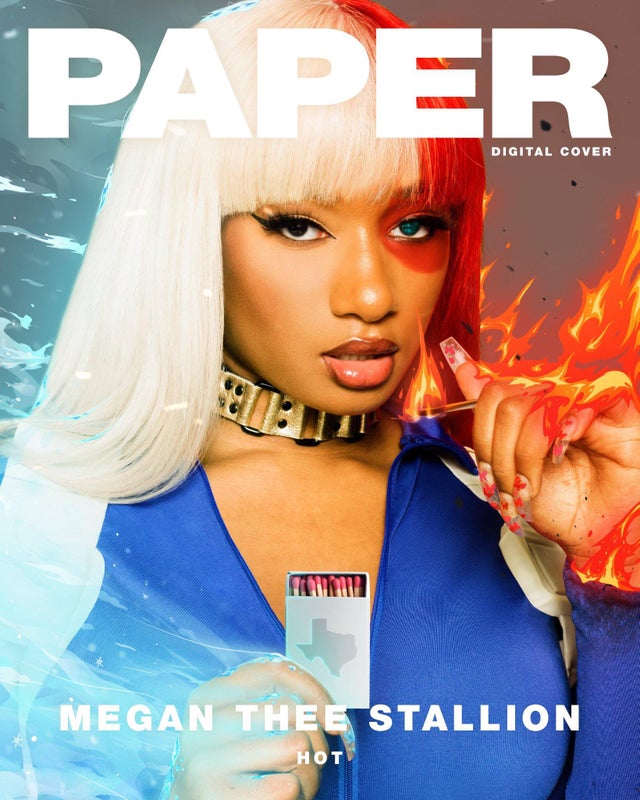
Deb’s pick: Hokusai, by Shotaro Ishinomori. A biography of the famous artist, and yes, it is FULL of sexy scenes. It’s already been translated to French, for what it’s worth… Deb also mentions that Seven Seas has just released a new volume of Ishinomori manga, HImitsu Sentai Go Ranger!, so let’s all go support that one too. As for the one Deb thinks is a real long-shot, she picks Shiori Experience by Yu-ko Osada and Kazuya Machida, about a female high school teacher that meets the ghost of Jimi Hendrix and learns to play guitar like him. It’s 20+ volumes!!!
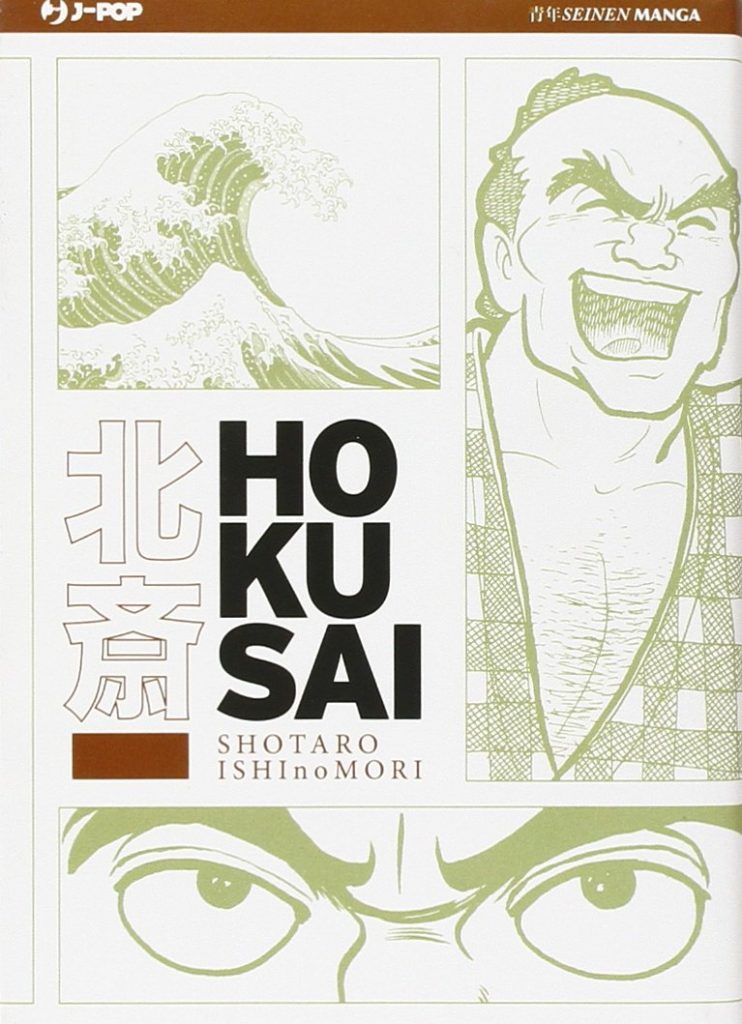
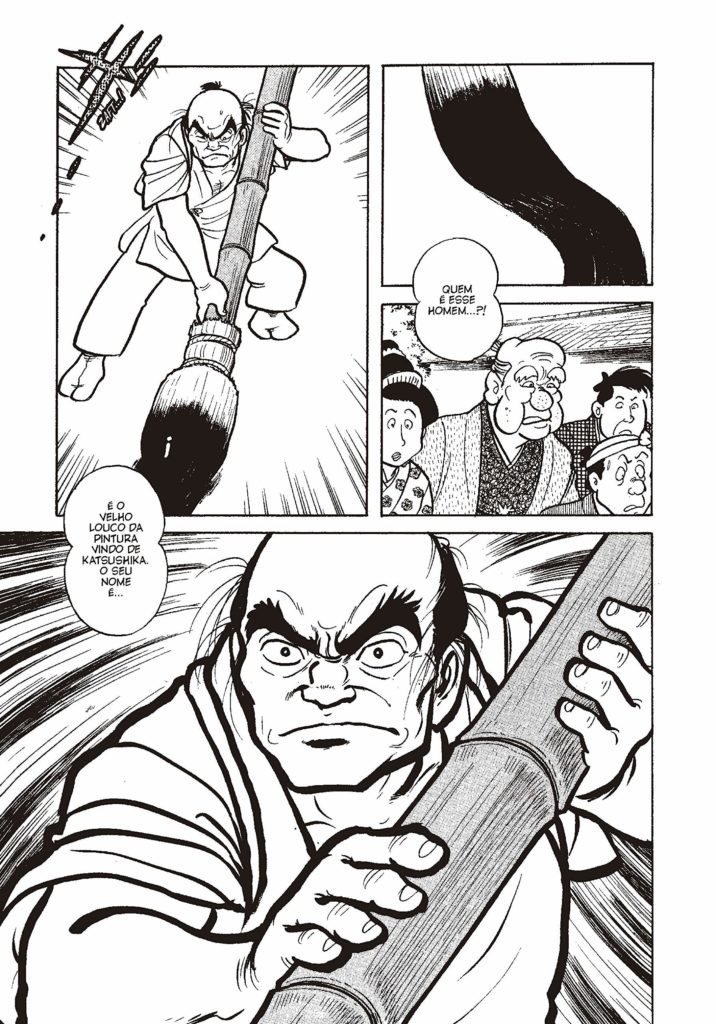
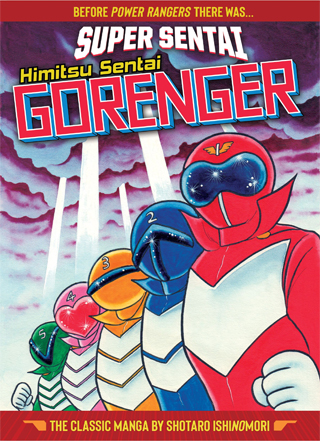

…and that’s pretty much the episode! Deb did include one more link for y’all, since we talked so much about it this episode.
Anthony Bourdain and David Chang (we mentioned them in last episode!) both love(d) the Japanese-style egg salad sandwiches (sando) from Lawson’s convenience store in Japan. I heartily concur, they’re absolutely amazing. Deb dug up a whole article on how to make them Japanese style, though you’re going to need your own sentient-chicken-eggs.
https://food52.com/recipes/73219-japanese-7-eleven-egg-salad-sandwich
Enjoy! They’re fantastic.
So, that leaves us with what we’ll be reading on upcoming episodes:
Ep. 14: Paradise Kiss 20th Anniversary Edition, by Ai Yazawa. Published by Vertical Inc. (May 18)
Ep. 15: Naruto Vol 1, by Masashi Kishimoto. Published by VIZ Media. (May 25)
Ep. 16: The Strange Tale of Panorama Island, by Suehiro Maruo. Published by Last Gap. (June 1)
Ep. 17: Even Though We’re Adults Vol 1, by Takako Shimura. Published by Seven Seas. (June 8)
Ep. 18: Monthly Girls Nozaki-Kun Vol 1, by Izumi Tsubaki. Published by Yen Press. (June 15)
Ep. 19: Yona of the Dawn Vol 1, by Mizuho Kusanagi. Published by VIZ Media. (June 22)
Special thanks goes out to D.A.D.S. for their musical accompaniment, find D.A.D.S. on Spotify. And maybe go check out Comicshoplocator.com to find a shop near you full to the brim with great manga.
Thanks for listening to this episode (and reading these very long, very late show notes!).
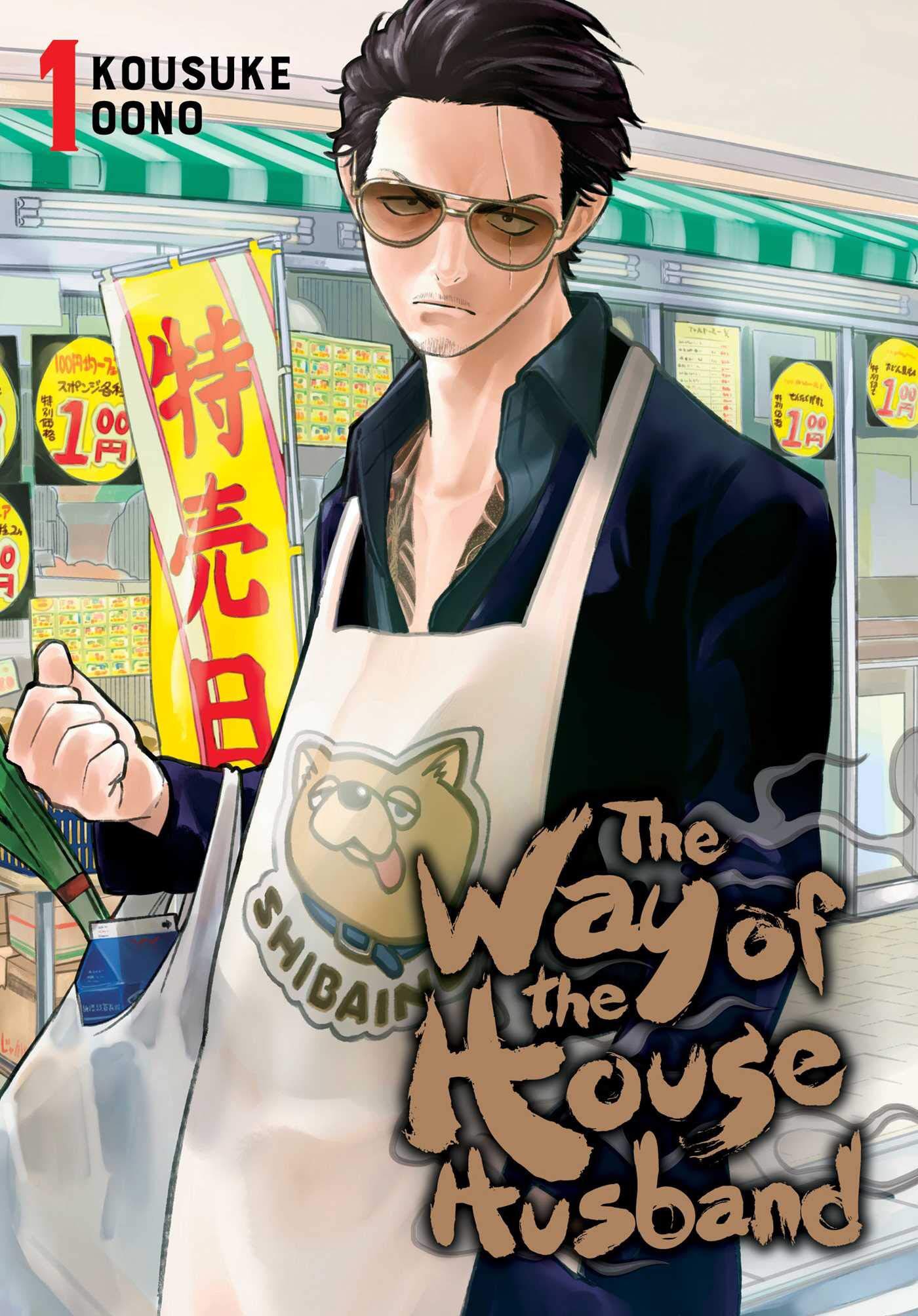
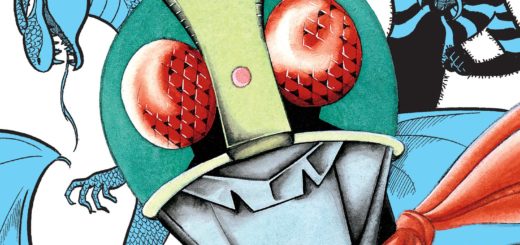
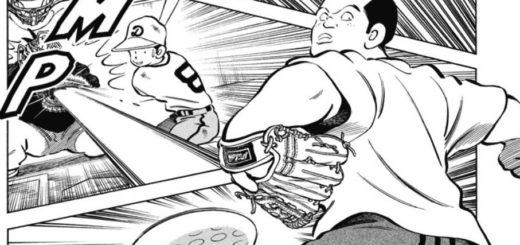
Just wanted to send appreciation for the detailed notes you do for every episode. I always enjoy going through it.
Thank you so much, that’s very kind. 🙂